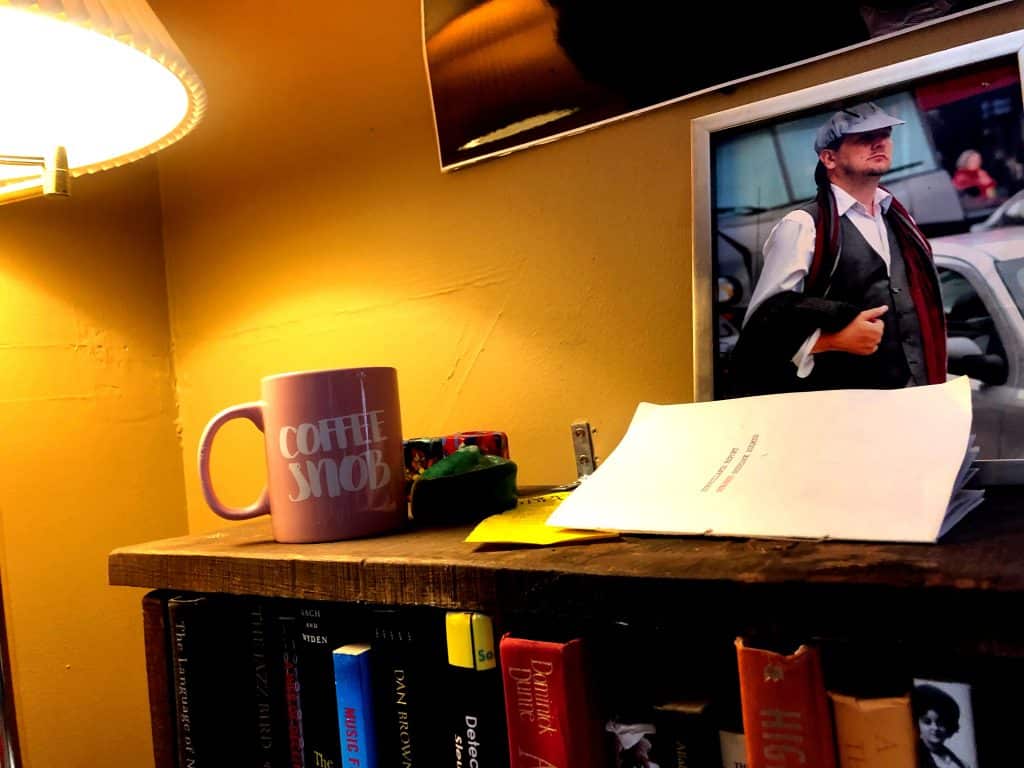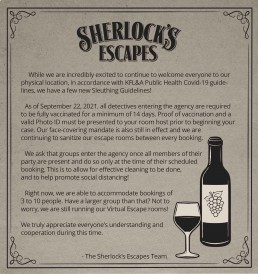Here at Sherlock’s Escapes, we don’t only provide an escape room experience that’s challenging and fun; we are looking to tell a story as well. We want our rooms to have engaging puzzles that challenge teams in different ways, all while telling a good story.
Our most recent project, A Scandal in Kingston, consisted of re-vamping a lot of the puzzles in the room, which gave us the flexibility to change the flow and storyline of the room.
For those who have done A Scandal in Kingston in the past, this new version will give you a different experience from the first time you took on this case. For those who are not familiar with Scandal, this case is designed to test teams’ analytical skills and attention to detail.

A major consideration while conceptualizing the new puzzles and flow, were patterns we observed in our guests. We noticed that many guests subconsciously were expecting more puzzles to lead to each other. And we listened.
Many of the new puzzles follow a path-based and sequential organization. Sequential puzzles are puzzles that lead to each other that then lead to a solution. Path-based puzzles are multiple sequential puzzles that lead to the big solution. What makes this room unique is that a lot of these puzzles are also tied together by the storyline of the room, not just the concept or mission.
Before each of our rooms, our room hosts will go over safety protocol as well as a brief overview of the case that detectives (guests) will help us solve. The debrief gives the background of the story that will continue once they’re in the room. While it is not necessary to make the connection between the debrief and the puzzles; it is an asset that will help guests escape as well as enhance the experience where they get to play a live-action game AND get a good story.
Next time you’re in one of our escape rooms, we encourage you to listen to the debrief your room host gives.




